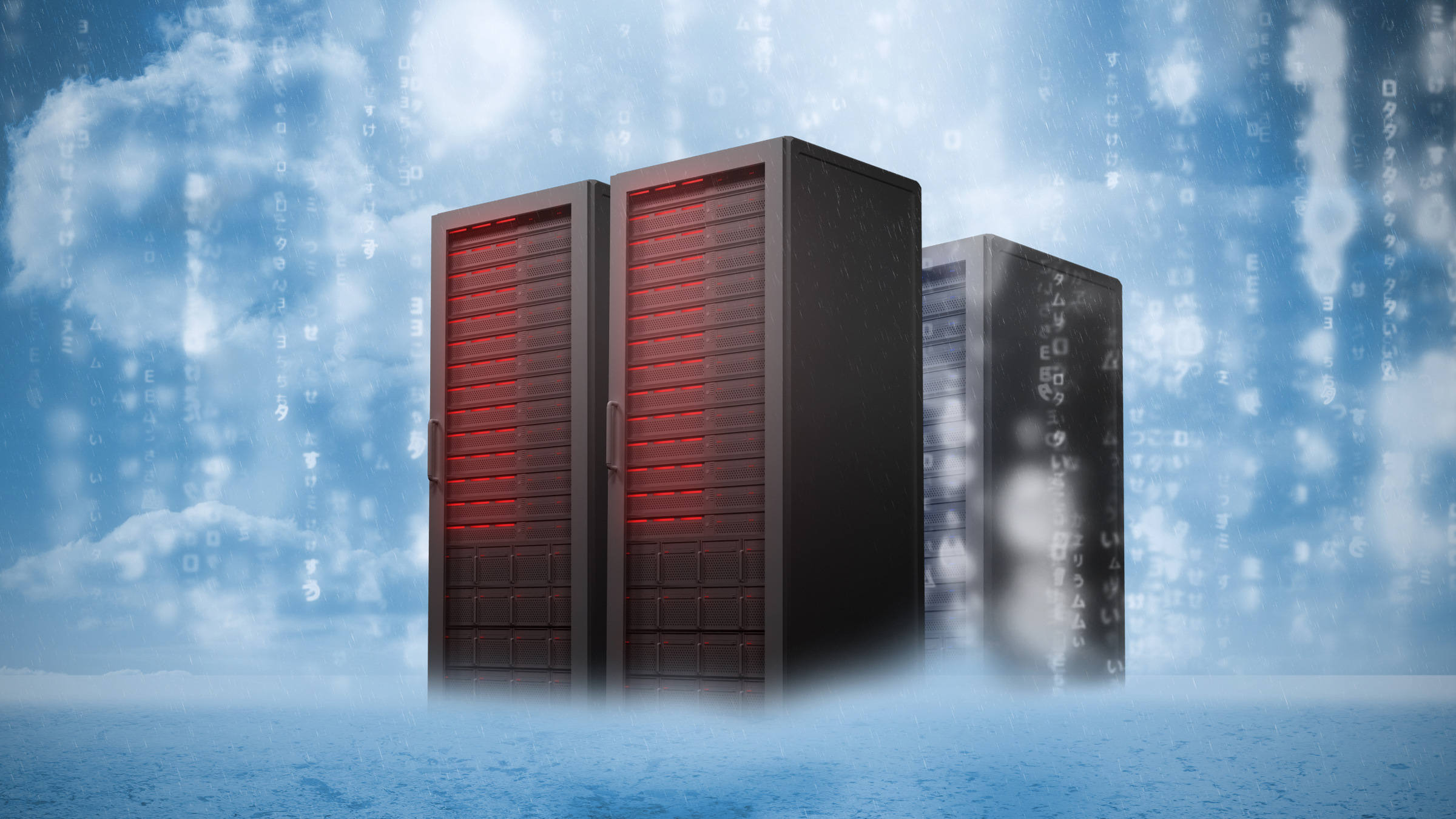As hubs of computing power, datacenters are essential for powering the digital services we rely on daily, from cloud computing to artificial intelligence. However, this surge in datacenter operations has also resulted in a significant spike in energy consumption and environmental impact.
Traditional cooling methods have proven to be energy-intensive and inefficient in meeting the escalating cooling demands of modern datacenters.
This article will explore the latest advancements in datacenter cooling technologies. We’ll examine how these solutions are helping datacenter operators optimize their energy use and move towards more sustainable operations.
Traditional Cooling Systems in Datacenters
Data centers have long relied on traditional cooling methods, such as:
- Air Conditioning
- Chillers
- Cooling Towers
- Computer Room Air Conditioning (CRAC) Units
- Computer Room Air Handlers (CRAH)
- Raised Floor Cooling
These traditional systems work by pulling in outside air and cooling it before circulating it through the datacenter.
However, these traditional cooling approaches have significant limitations. They are energy-intensive, often consuming a large portion of a datacenter’s total energy usage, up to 40%. This high energy consumption results in increased operational costs and a larger environmental footprint.
Additionally, traditional air-based cooling systems struggle to keep up with the growing density and heat output of modern computing hardware. As datacenters pack more processing power into smaller spaces, the cooling demands far exceed the capabilities of conventional air conditioning.
Sustainable Datacenters Cooling Alternatives
As the limitations of traditional cooling systems have become more apparent, the datacenter industry has been actively exploring alternative cooling technologies that offer greater efficiency and sustainability. Here are some of the most efficient alternatives:
Liquid Immersion Cooling
Liquid immersion cooling submerges computing hardware directly into a thermally, but not electrically, conductive liquid. This fluid must be within four families of fluids:
- de-ionized water
- mineral oil
- fluorocarbon-based fluids
- synthetic fluids
This fluid efficiently absorbs and dissipates the heat generated by the equipment. Compared to traditional air-based cooling, liquid immersion offers significant benefits. It can reduce energy consumption by up to 95% and water usage by 90%. The cooling liquid also provides excellent insulation, reducing the need for additional infrastructure.
This compact and efficient cooling system helps datacenters improve their energy efficiency and lower operational costs. As the technology matures, liquid immersion cooling is becoming a popular choice for sustainable datacenter operations.
Direct-to-Chip Cooling
Direct-to-chip cooling focuses on the computer chips and components that generate the most heat. Rather than cooling an entire server or rack, this targeted approach allows for more efficient heat dissipation.
The key components of a direct-to-chip cooling system include:
- A specialized dielectric cooling fluid is used in direct-to-chip cooling. This engineered liquid is designed specifically for direct contact with the computer chips and components.
- A cold plate allows the cooling liquid to pass through, enabling it to absorb heat directly from the components.
- A circulator moves the cooling liquid through the system, transferring the heat away from the chips.
- A thermal interface material is placed between the chips and the cold plate. This helps conduct the heat from the components into the cooling liquid more efficiently.
Direct-to-chip cooling can significantly improve overall performance and energy efficiency by delivering coolant directly to the hottest parts of the system. It eliminates the need for bulky heat sinks and fans, leading to more compact and streamlined data center designs.
As computing power continues to increase, direct-to-chip cooling is becoming an essential solution for managing the heat load in modern datacenters.
Hybrid Cooling Systems
Hybrid cooling systems in datacenters combine liquid and air cooling techniques to optimize efficiency and scalability. This approach allows for the effective management of heat loads by leveraging the superior heat transfer capabilities of liquids alongside the flexibility and simplicity of air-based systems.
Hybrid systems are particularly valuable in environments with varying cooling needs, including business analytics, military intelligence, and even personal needs. It enables operators in these fields to effectively balance performance, cost, and energy consumption.
This scalable solution supports current infrastructure while accommodating future technological advances and operational growth.
Innovative Technologies in Datacenter Cooling
Beyond the emerging alternatives like liquid immersion and direct-to-chip cooling, the datacenter industry is also exploring other innovative cooling technologies that offer significant breakthroughs:
Evaporative Cooling
Evaporative cooling uses the natural process of evaporation to remove heat from the air. This approach pulls in hot, dry air and passes it over water-soaked pads. As the water evaporates, it cools the air.
Compared to traditional air conditioning, evaporative cooling can reduce energy consumption by up to 80%. It’s a highly efficient cooling method well-suited for datacenters in dry climates. While evaporative cooling has some limitations, such as the need for additional water supply, the technology continues to advance. Many datacenters are now exploring ways to integrate evaporative cooling systems to improve their overall energy efficiency.
Thermal Energy Storage
Thermal energy storage involves storing thermal energy, typically during off-peak hours, and then using that stored energy to power cooling systems during periods of high demand. This helps balance the cooling load and leads to significant energy and cost savings for datacenters.
The stored thermal energy can be used to chill water or other fluids, which are then circulated through the datacenter’s cooling infrastructure. As technology advances, thermal energy storage systems are becoming more efficient and cost-effective, making them an increasingly attractive option for datacenters seeking to optimize their energy usage.
Waste Heat Recovery
Datacenters generate a significant amount of waste heat as a byproduct of their operations. Innovative waste heat recovery systems can capture and repurpose this heat for other useful applications. This circular approach helps datacenters minimize their environmental impact and maximize the efficiency of their energy usage.
The recovered heat can be used for heating, cooling, or even electricity generation. This can be useful in mundane things like lower ping in first-person shooter (FPS) games, and no lag in Facetime calls, to incredibly useful additions like faster same-day ACH transfers and more computing power to solve medical conundrums like the cure for cancer or complex protein folding.
Integrating waste heat recovery can reduce reliance on external energy sources and create a more sustainable, self-sufficient cooling and power system. As technology advances, waste heat recovery becomes an increasingly valuable tool for energy-efficient datacenters.
The Importance of Energy Monitoring in Datacenters
As Internet usage grows and the demand for computing power increases, datacenters consume more electricity. To manage this effectively, datacenters must monitor their energy use closely.
This involves the adoption of energy and sustainability monitoring tools, which help manage operations across different departments such as procurement and finance, and even when leveraging AI in their cybersecurity efforts.
These tools, especially when cloud-based, allow for real-time data tracking, analysis, and reporting, aiding in smarter, more informed decisions to lower energy use, cut costs, and lessen environmental impact.
Monitoring energy use is divided into three key areas: real-time, short-term, and long-term. Real-time monitoring helps spot immediate issues like sudden power spikes or system failures.
Short-term monitoring aids in managing changes or upgrades, such as cooling system adjustments or datacenter expansions.
On the other hand, long-term monitoring is about spotting trends over time to optimize energy use and perform preventative maintenance.
The U.S. Department of Energy emphasizes the benefits of integrating energy-saving features, such as power-saving modes, energy monitoring software, and efficient cooling systems. These improvements can significantly reduce energy consumption, ease the burden on the electric grid, and ensure the reliability of critical operations.
Conclusion
As the demand for data processing and storage continues to skyrocket, the datacenter industry faces a pressing challenge—to enhance energy efficiency and reduce environmental impact.
Luckily, new types of cooling technology are making a big difference. They are really good at getting rid of heat, which means datacenters can use less power, cut down on pollution, and save money, all while keeping their systems running smoothly.
Going forward, more and more companies are expected to adopt these advanced cooling methods. By keeping up with these innovations and working together, datacenters are set to lead the charge toward a future where energy efficiency and reliability go hand in hand.

Alex Williams is a seasoned full-stack developer and the former owner of Hosting Data UK. After graduating from the University of London with a Masters Degree in IT, Alex worked as a developer, leading various projects for clients from all over the world for almost 10 years. Alex has recently switched to being an independent IT consultant and started his technical copywriting career.




Join the Discussion (0)
Become a Member or Sign In to Post a Comment